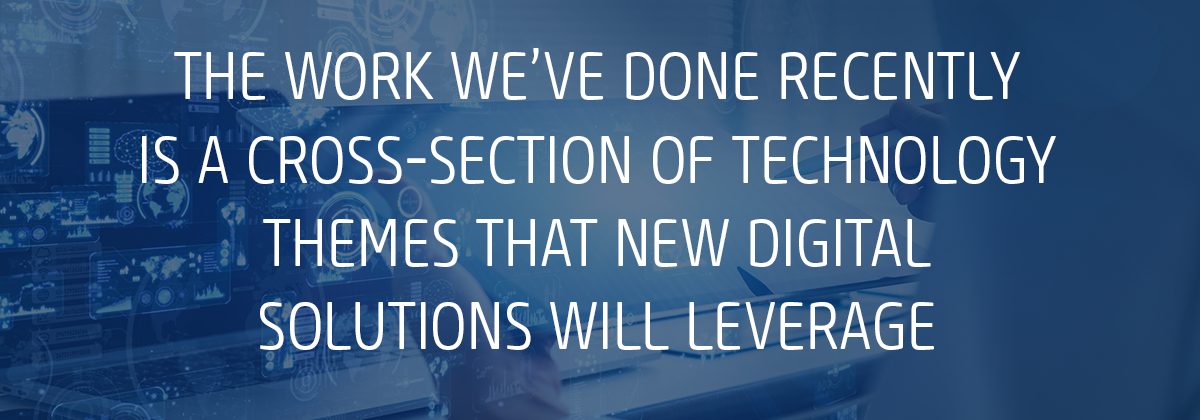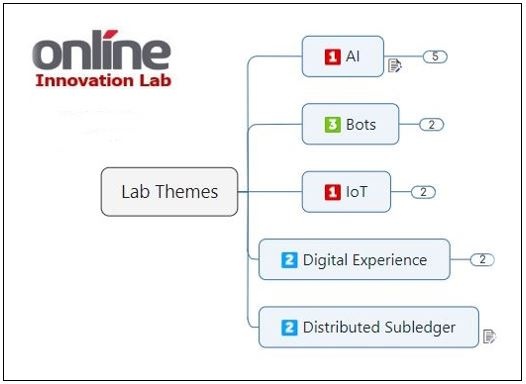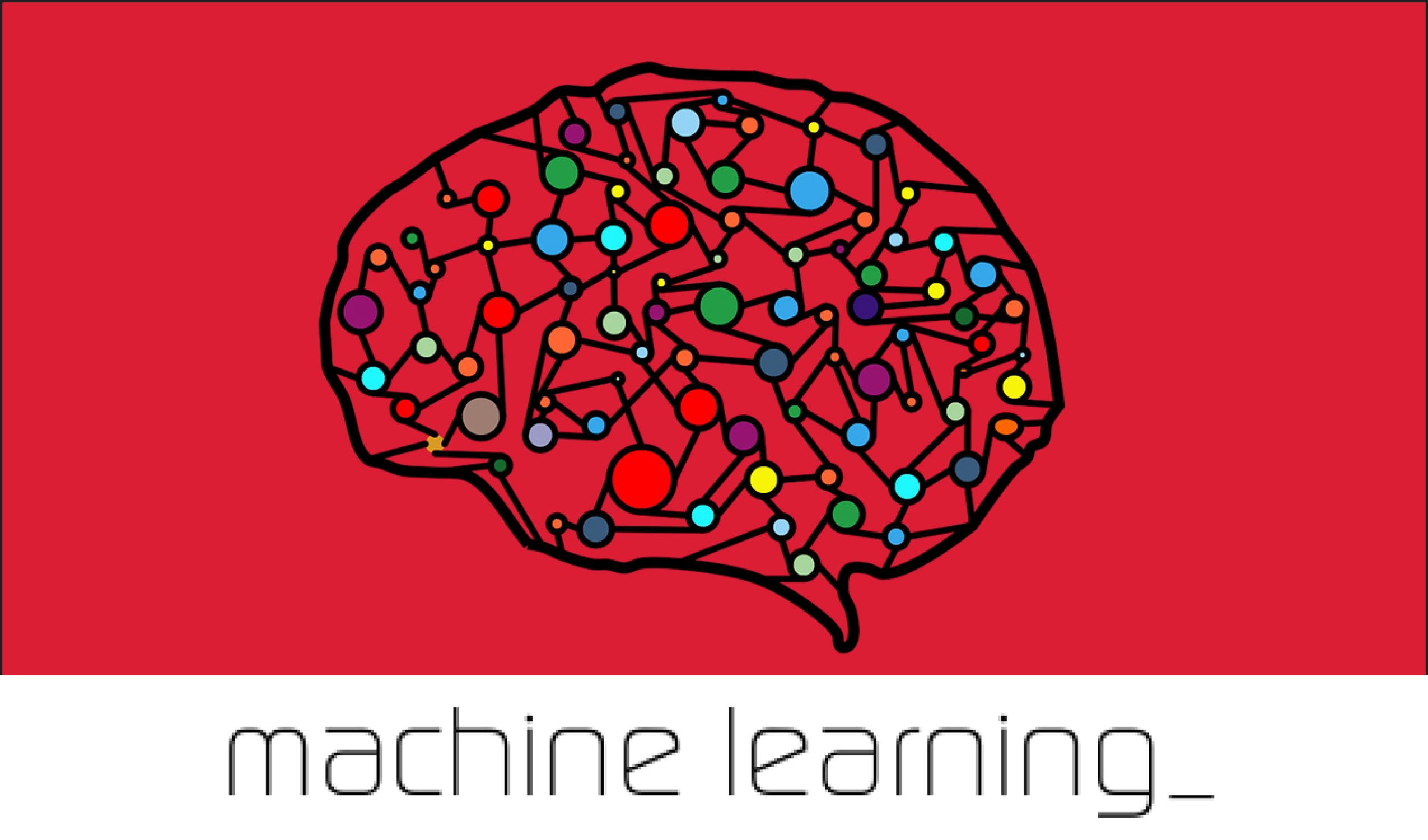We know that the pace of technology change today is fast. Staying in-step with that change, understanding the implications of new technologies and how to leverage them is a real challenge facing organizations everywhere. Most organizations are designed to produce IT solutions on a consistent basis, using a suite of familiar technologies and a conventional life cycle.
However, when presented with a business problem that falls outside of this realm, most find themselves unequipped to solve this kind of unstructured problem.

This is where Online can help
Online’s Innovation Lab mission is to: work with our Clients to solve difficult business problems, through our knowledge of emerging technologies.
In today’s post, I wanted to share some of the Innovation Lab’s guiding principles that help us frame the work that we do, the way we do it, and the results it drives:
- We do not solely focus on research, nor do we only tackle hard technical projects. Our sweet spot is in between: where a client problem can be solved through the novel use of existing technologies, or the use of emerging technologies.
- We monitor technology research from industry analysts and venture capital firms to identify the technical themes that will be key components of digital offerings 2-5 years from now.
- We equip our team to learn these technologies. And we staff our Lab with the special skill sets required to tackle these unstructured research problems – where there are no specifications and the path from problem to solution is completely unknown, requiring a different process.
- We work with our Clients to understand the problem, collect data, and apply an iterative process to story map the problem, identify steps towards the goal, and apply agile and SAFe techniques to develop a proof-of-concept, typically in the Cloud.
- We prove our research hypothesis through a Proof-of-Concept, and use it to develop the business case to fund the development of the real solution, working closely with our Client(s).
What we’ve done lately
- Neural network-based anomaly detection on an edge device, trained in the cloud, using streamed security sensor events
- The use of Natural Language Processing to extract concepts specific to a domain
of knowledge, from various formats of documents, to visualize and explore related knowledge using a graph database - A retail display solution using edge computing devices, managed through a cloud IoT control plane and leveraging a cloud Content Management System-as-a-Service
- Data science/machine learning to detect the occurrence of invisible manufacturing defects using plant equipment data streams

If you have a difficult problem you cannot solve we’d like to help. If you are interested in working in this type of environment – let’s talk.
Click here to learn more about our Innovation lab, and please feel free to check out some
of our other Innovation Lab blogs:






Submit a Comment